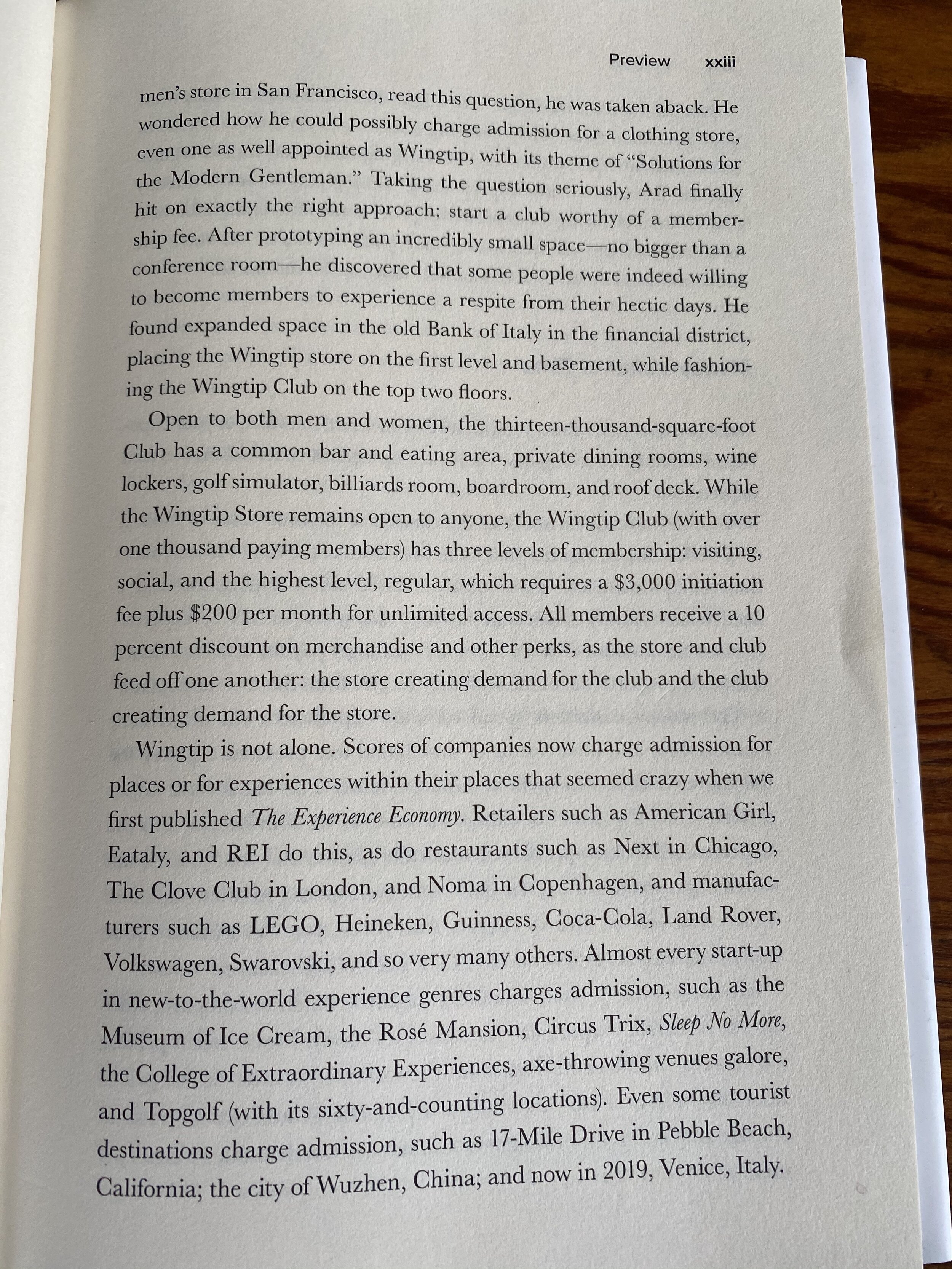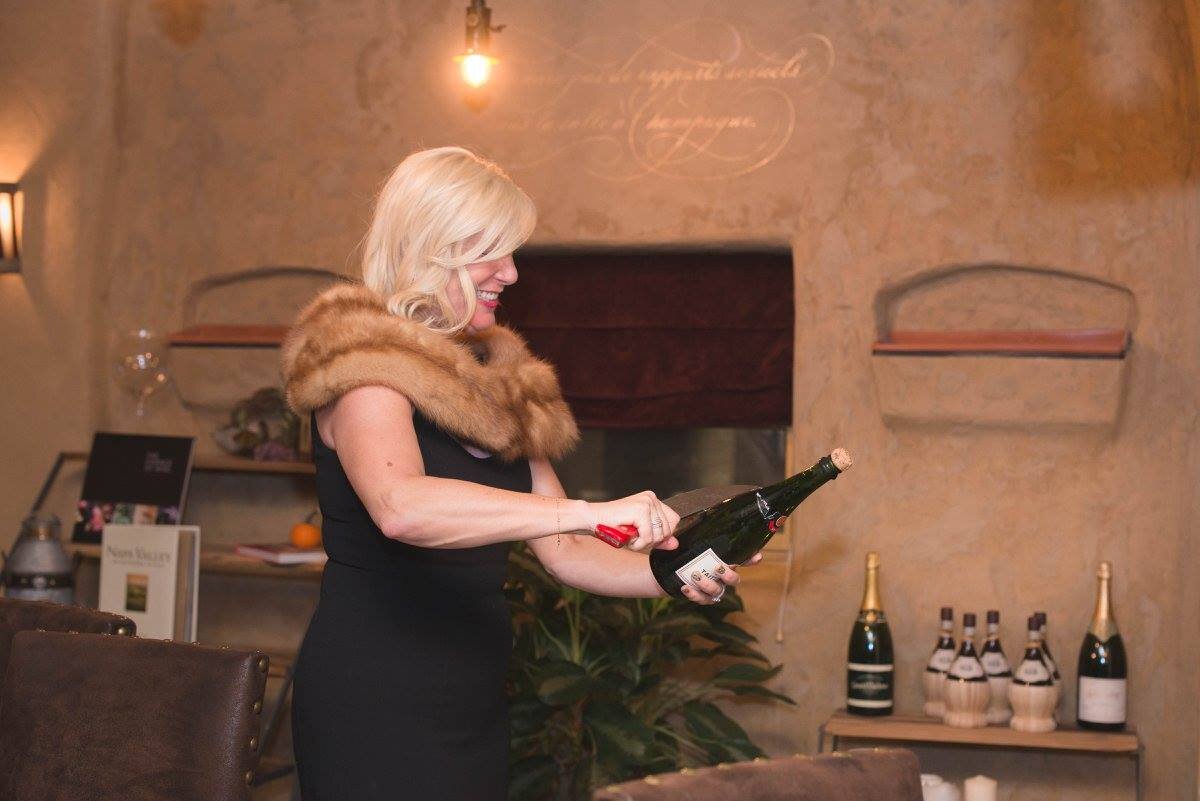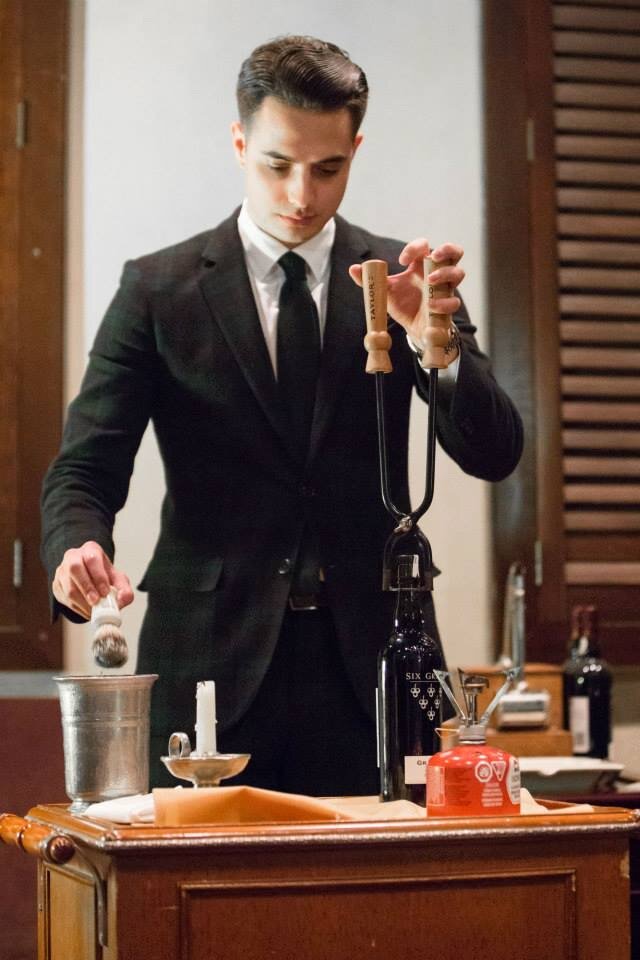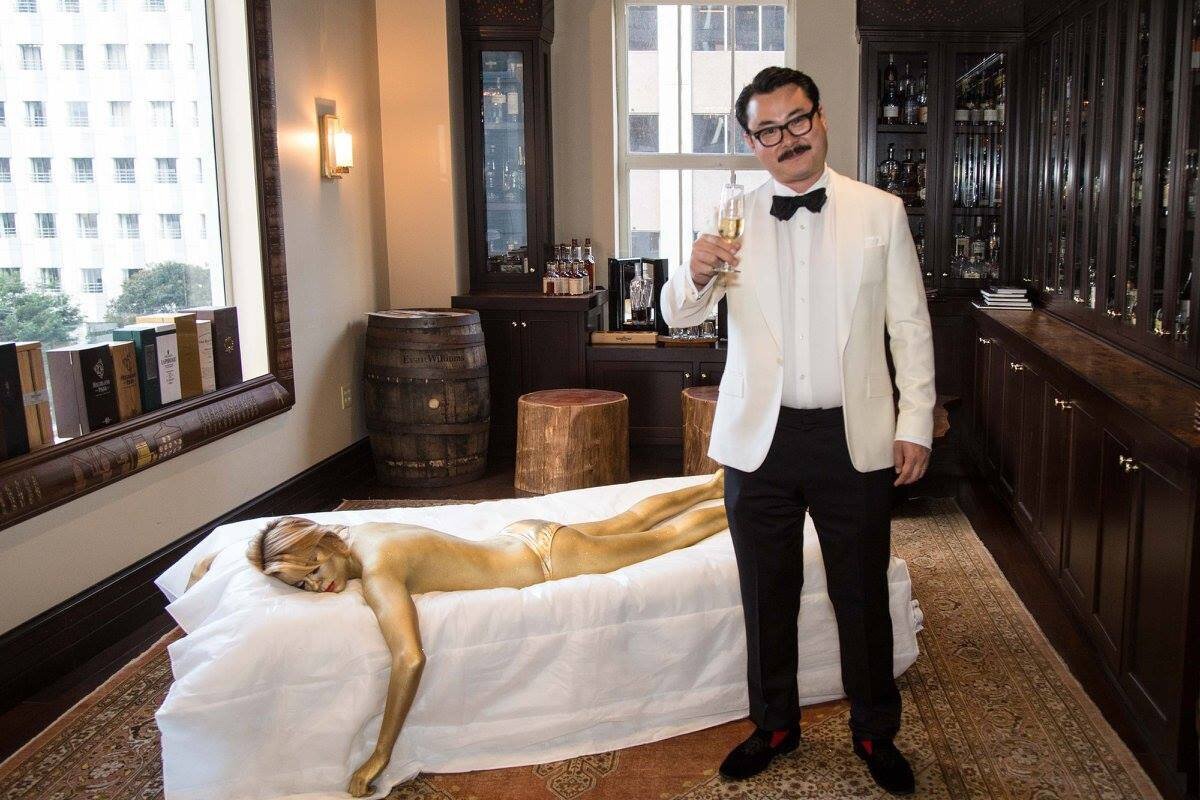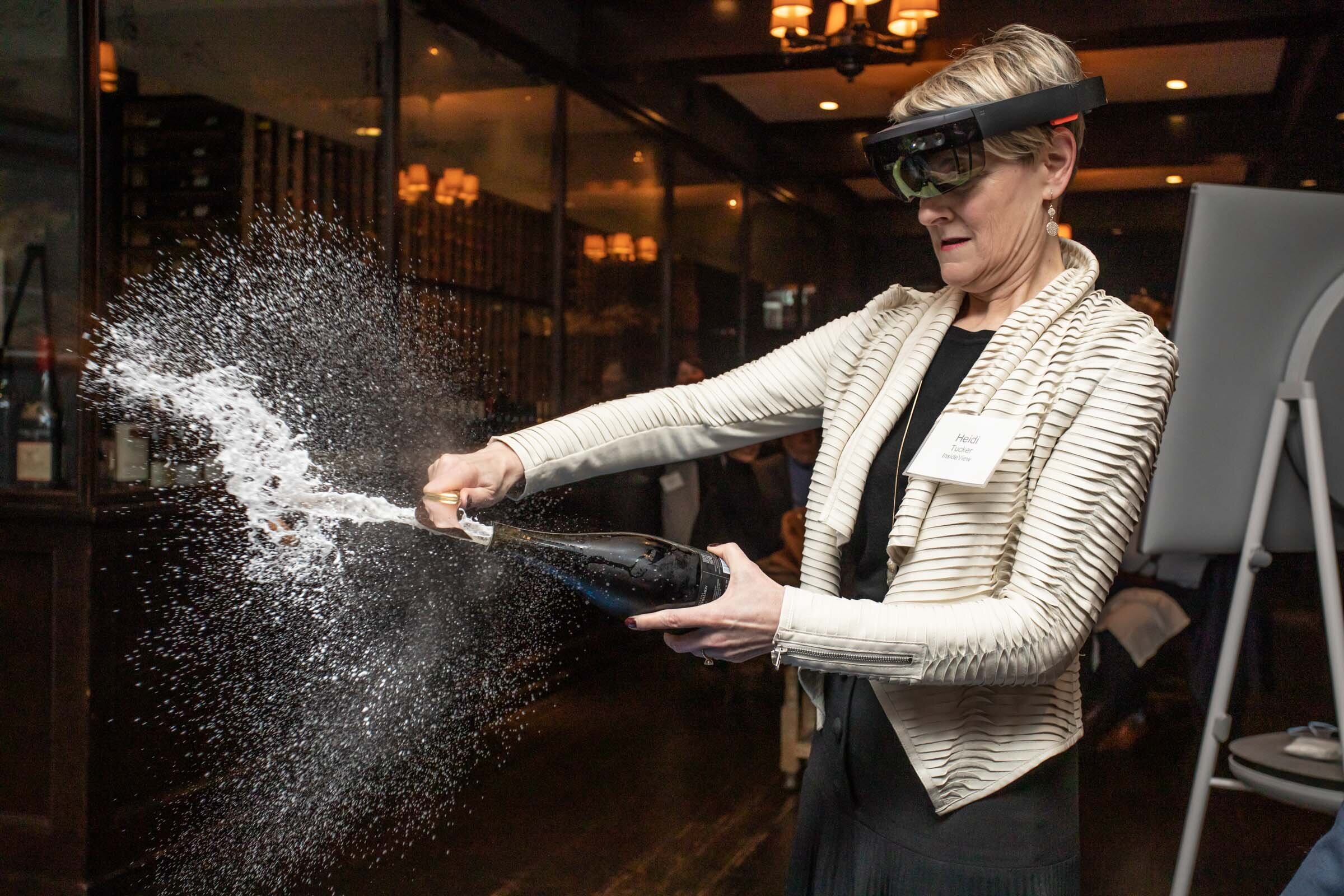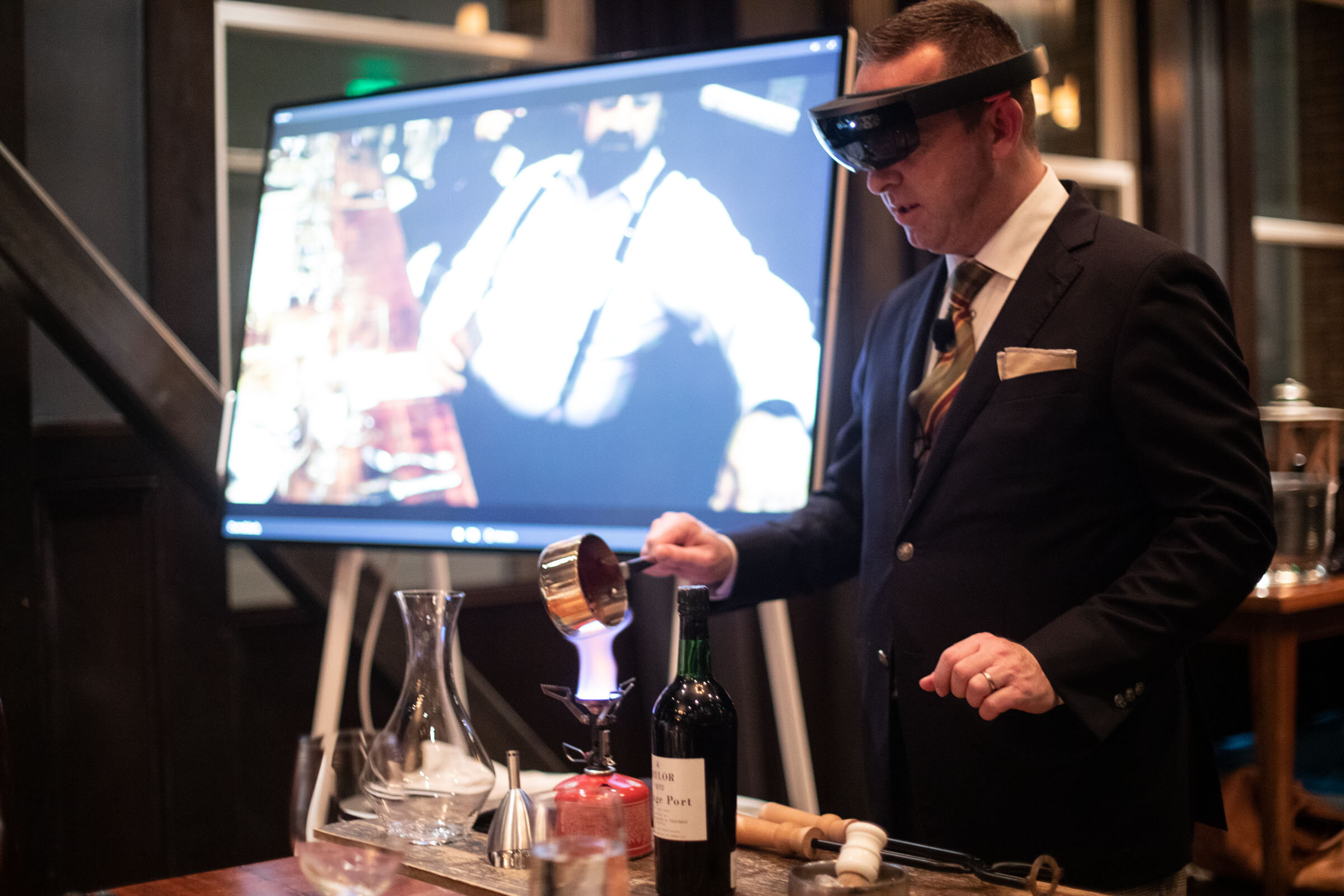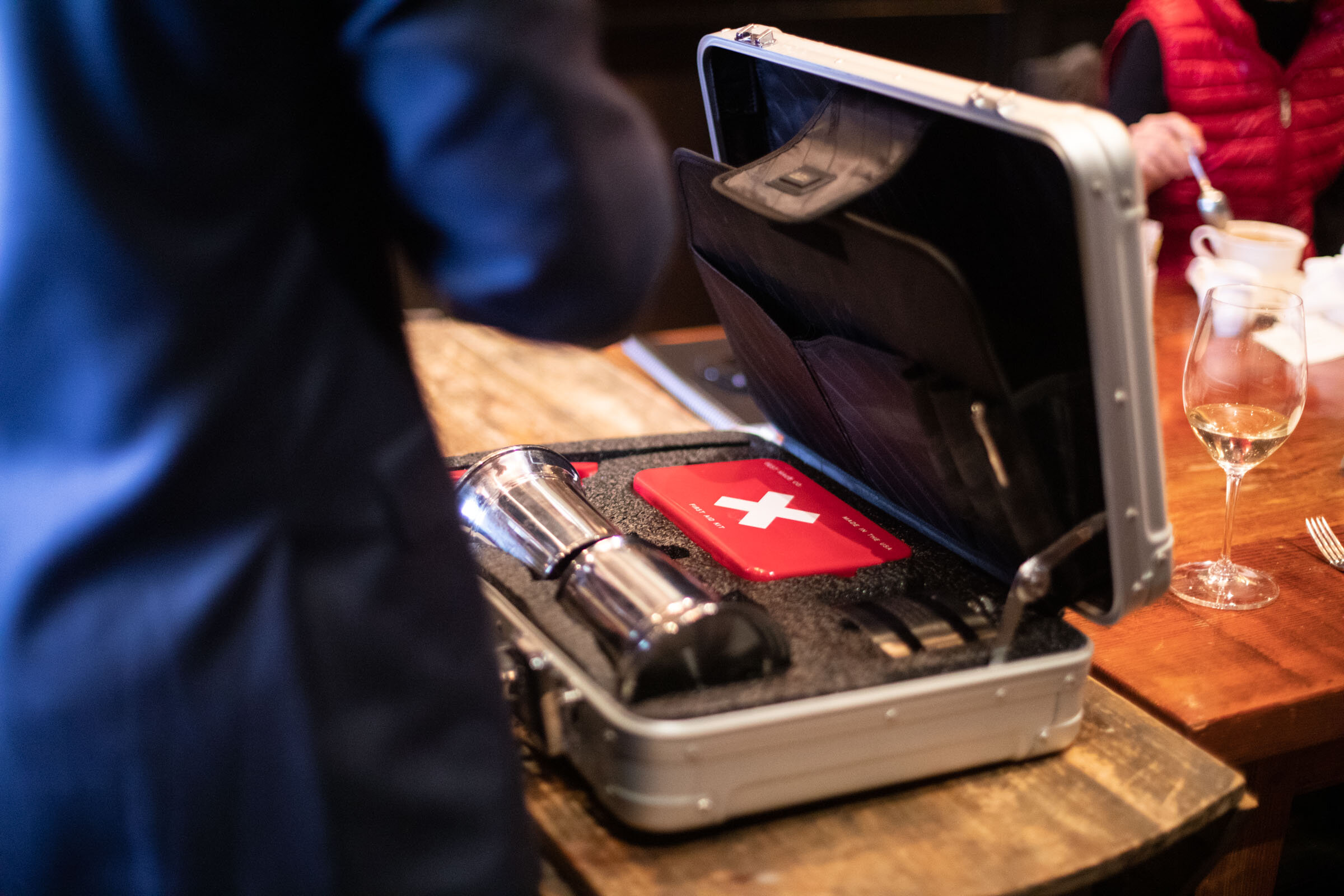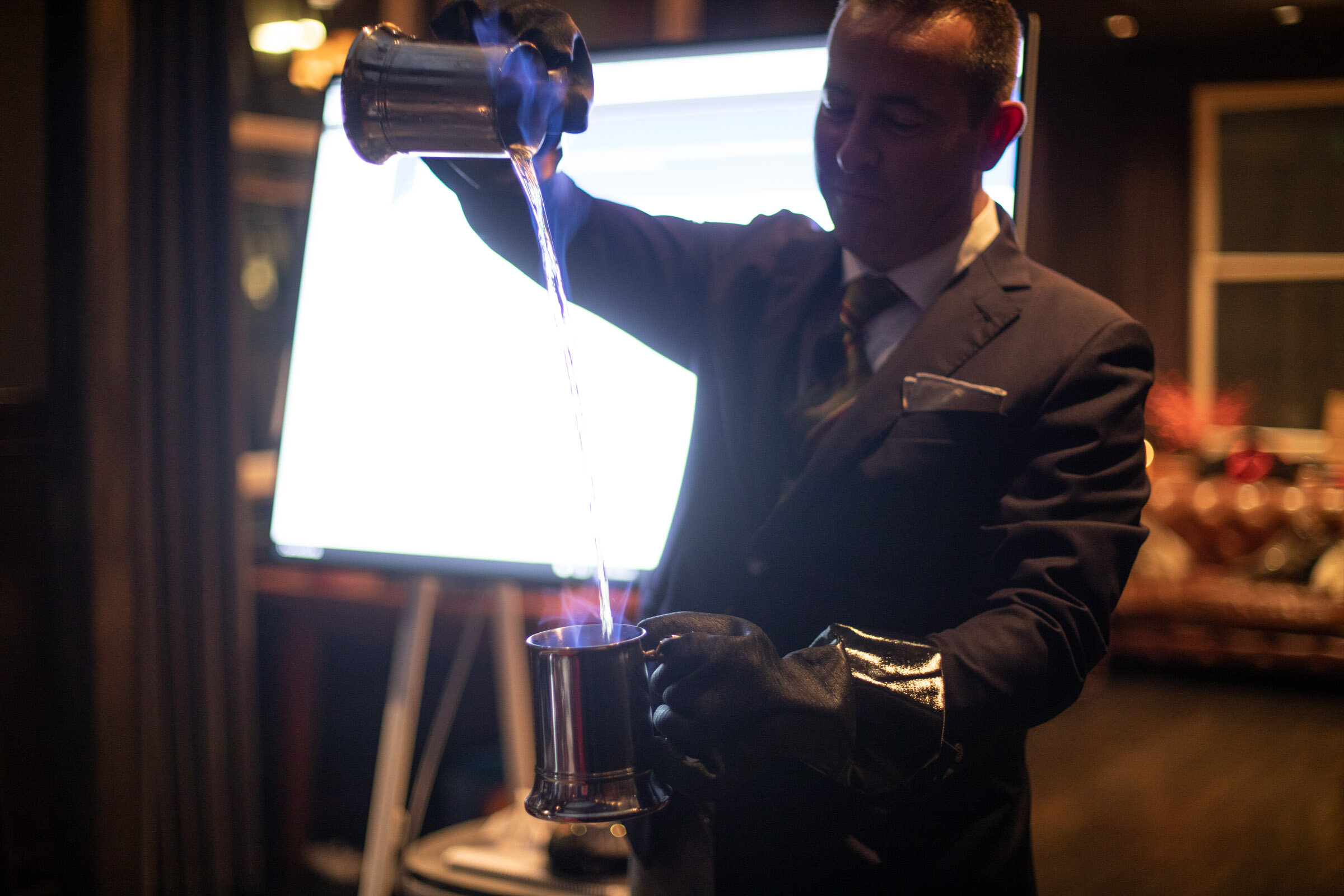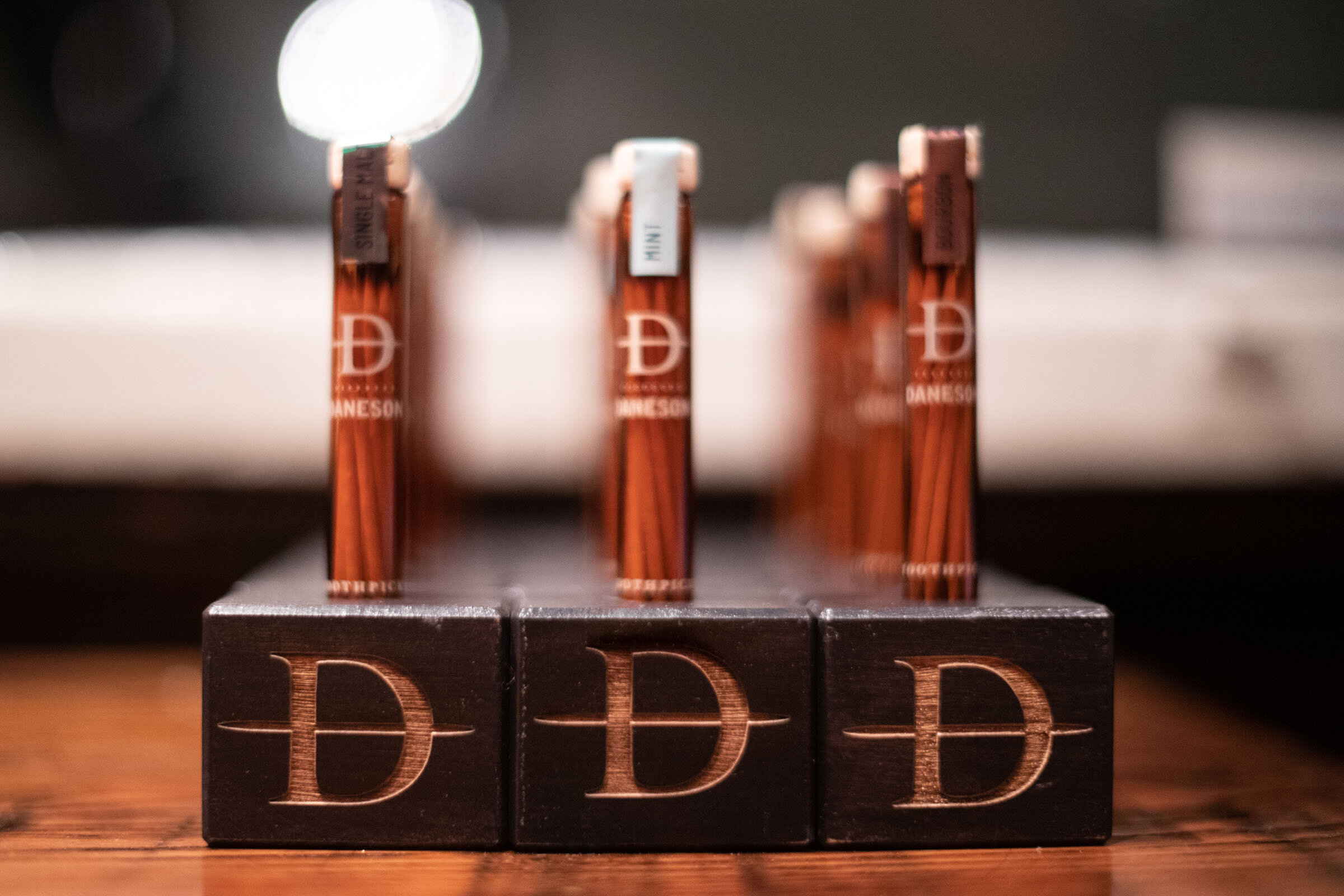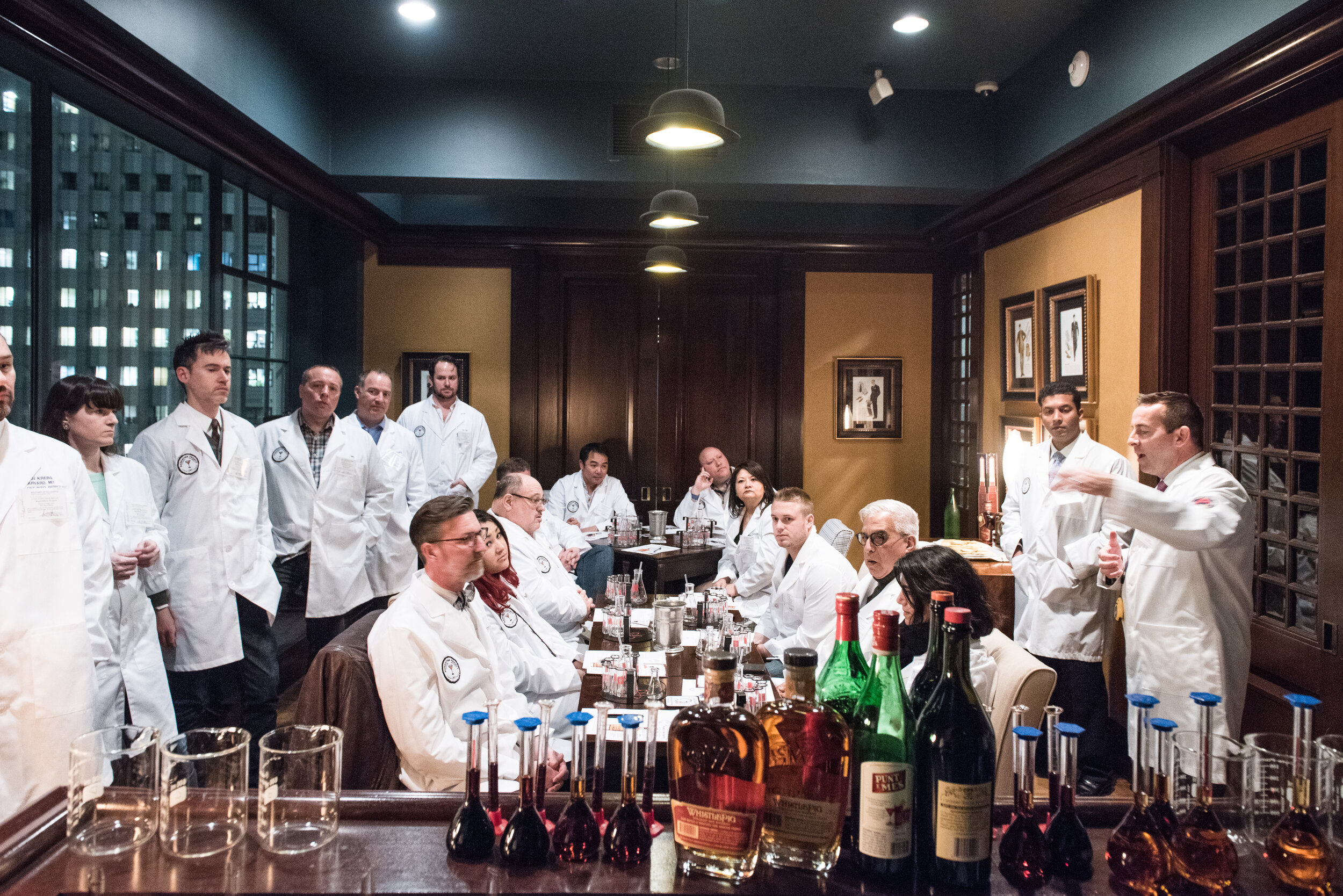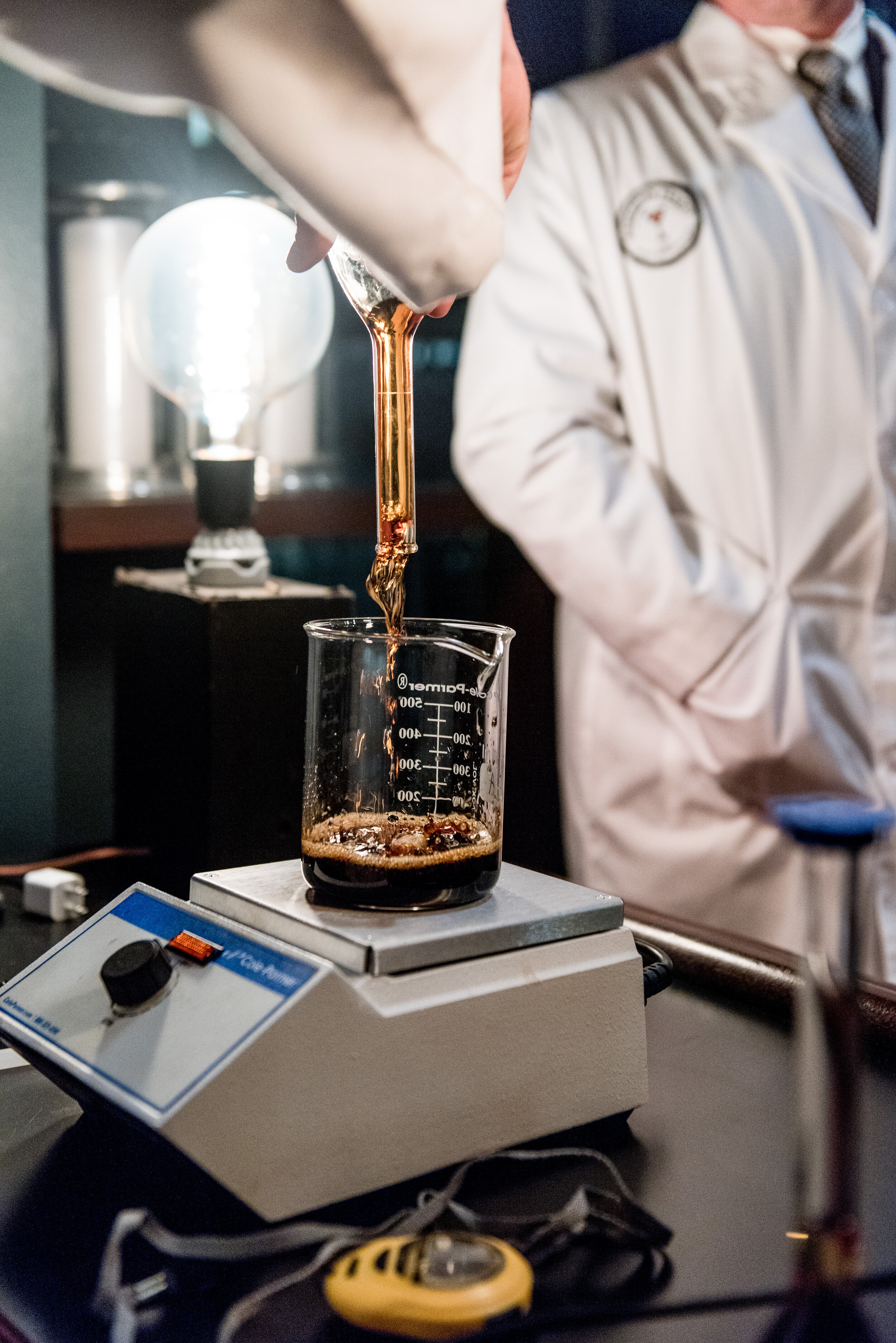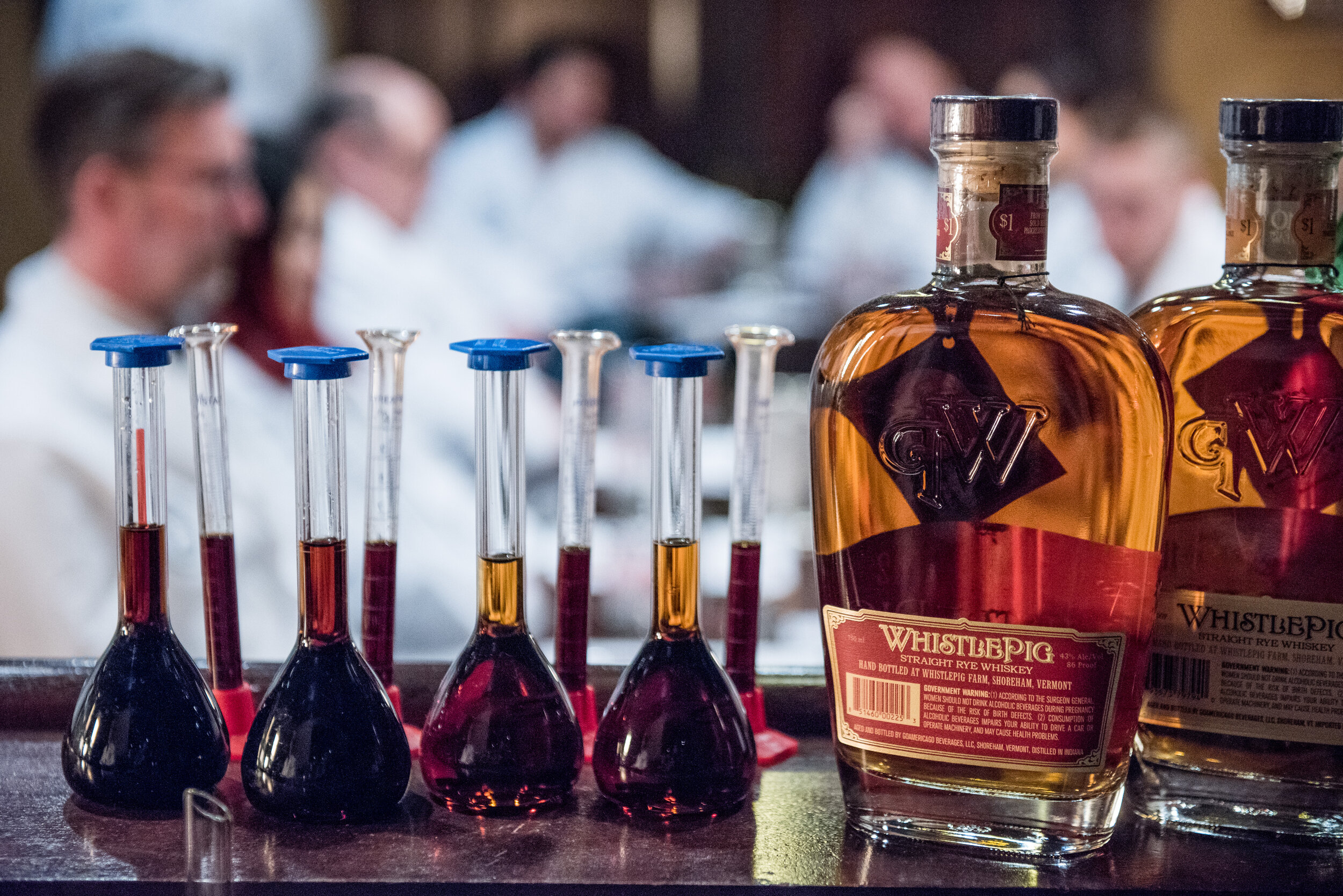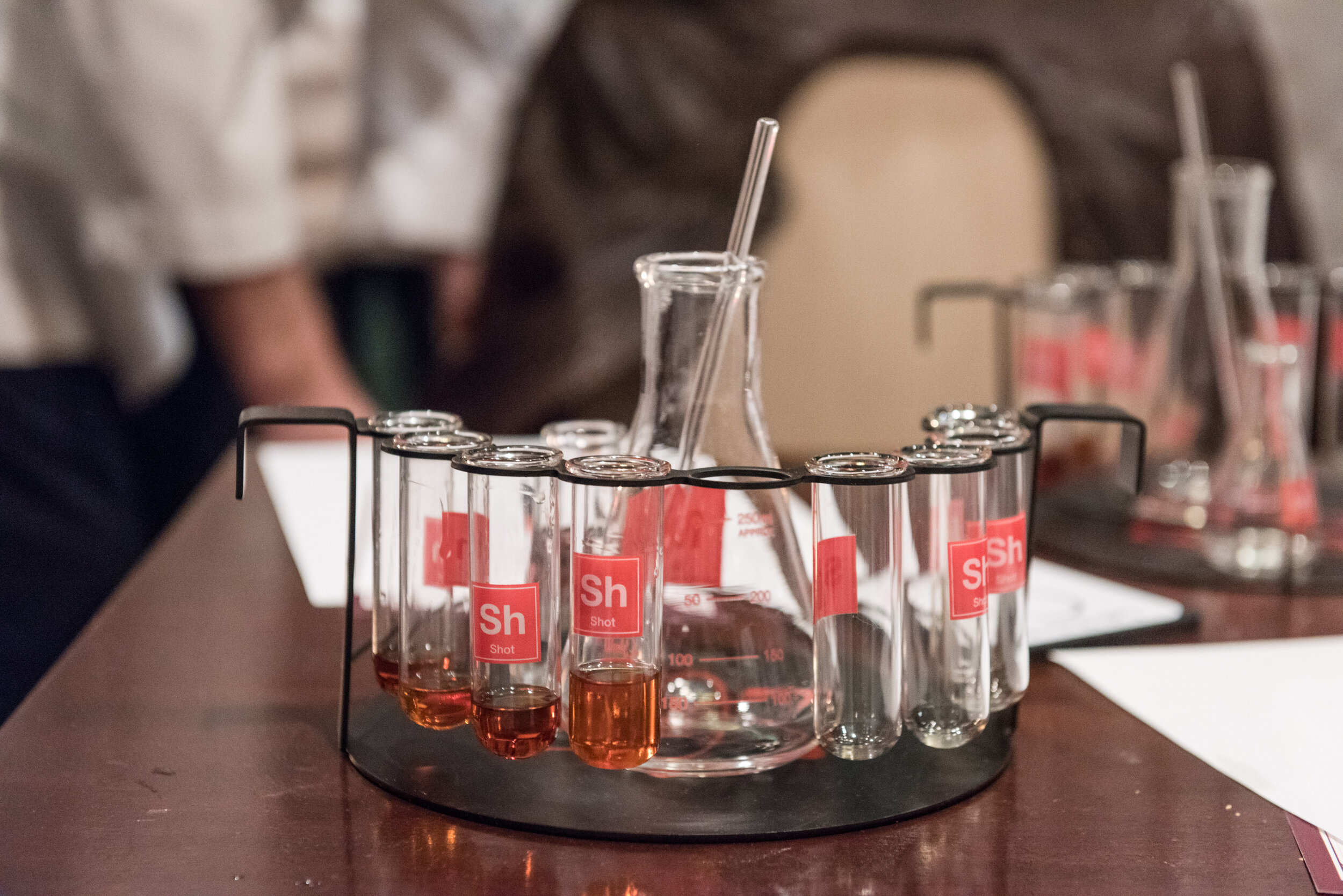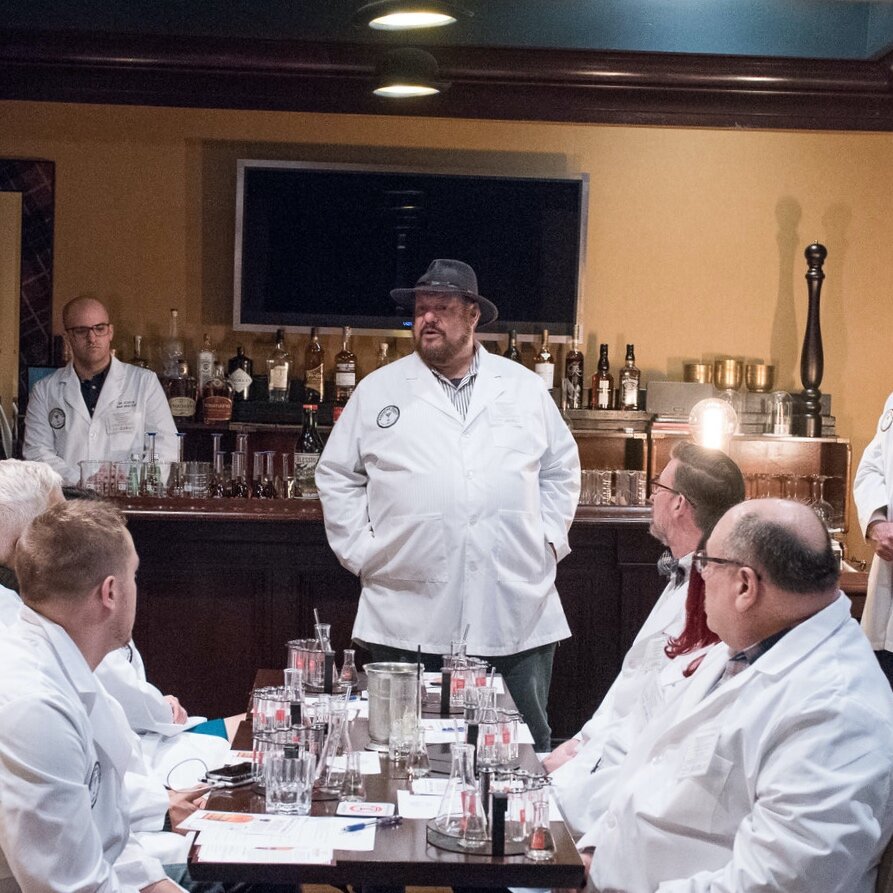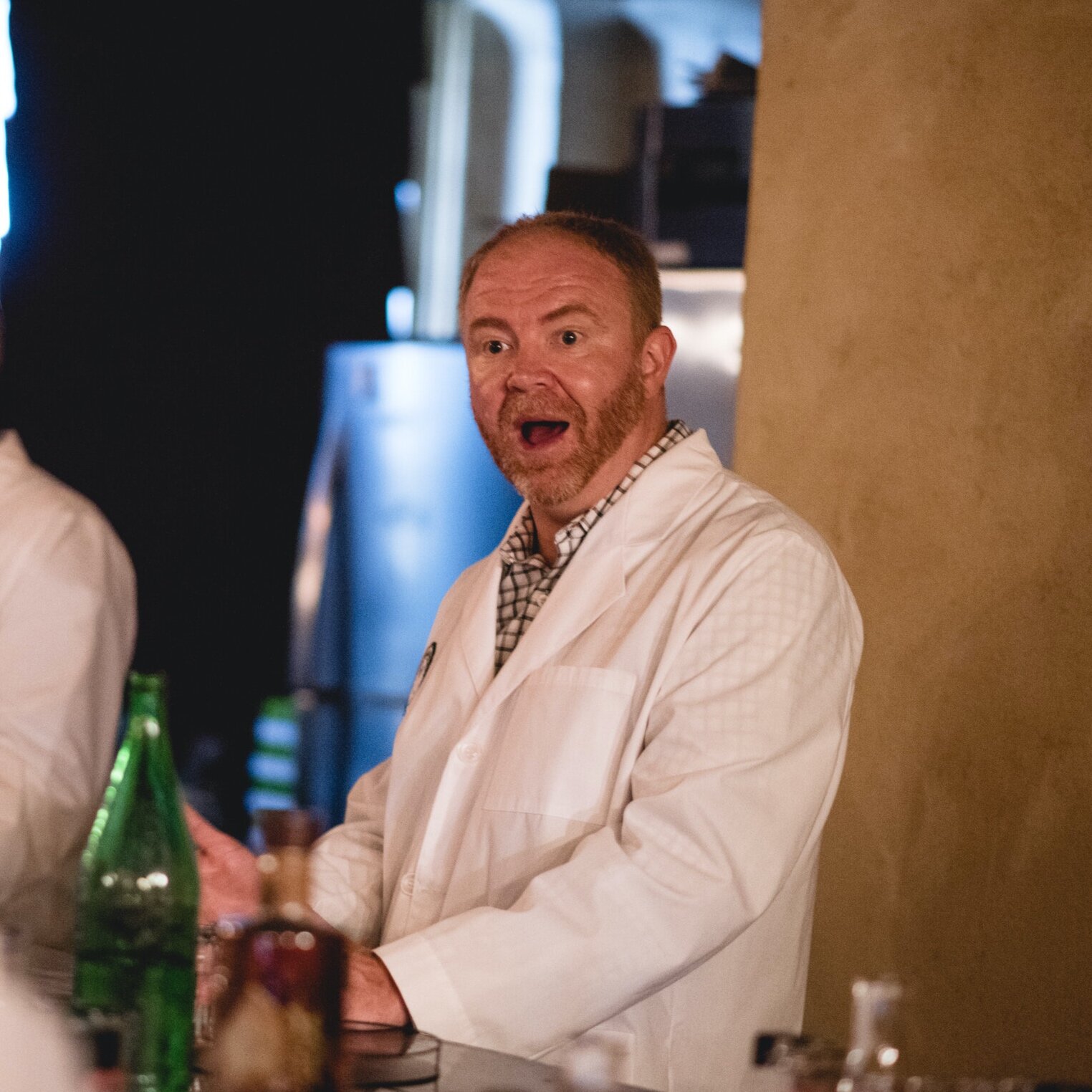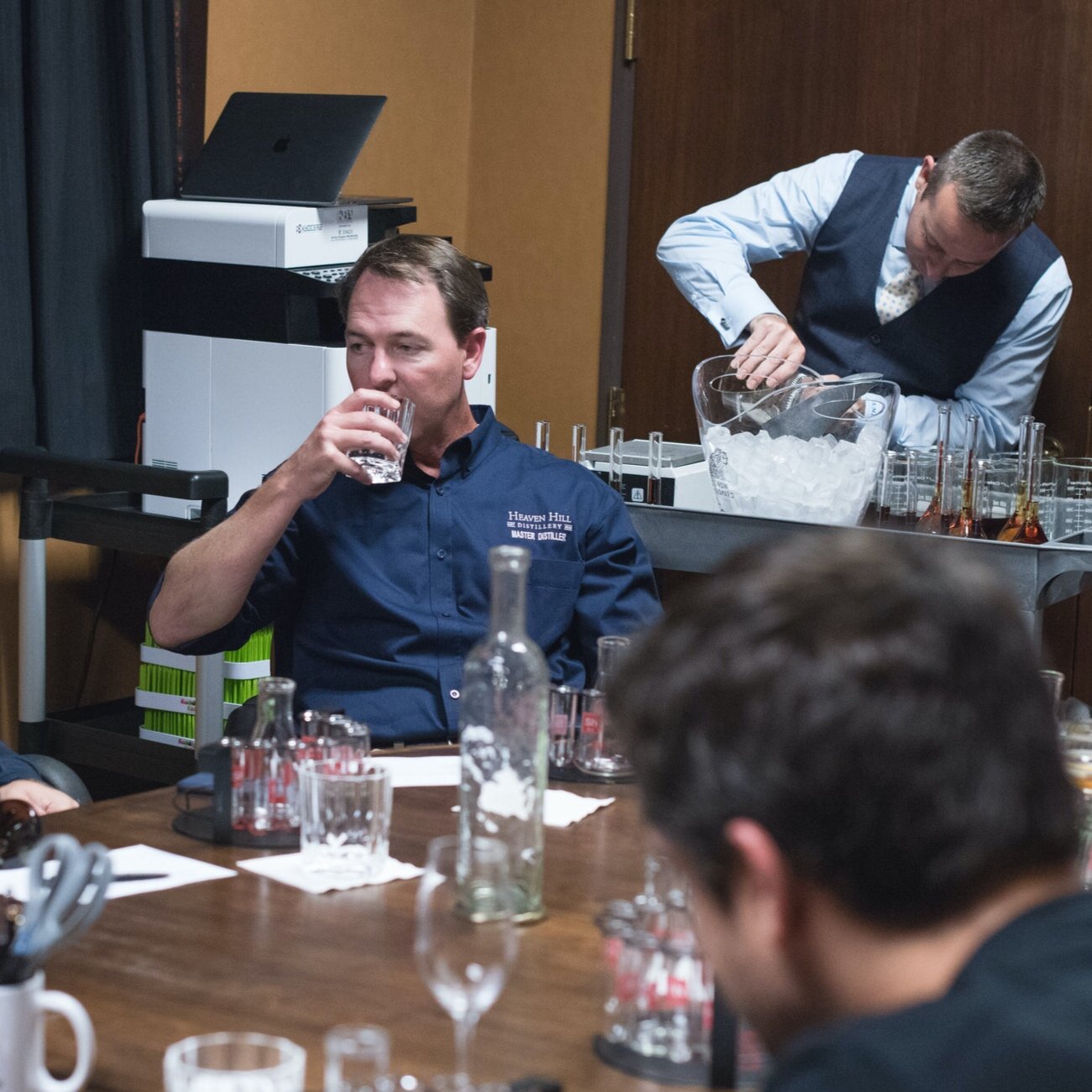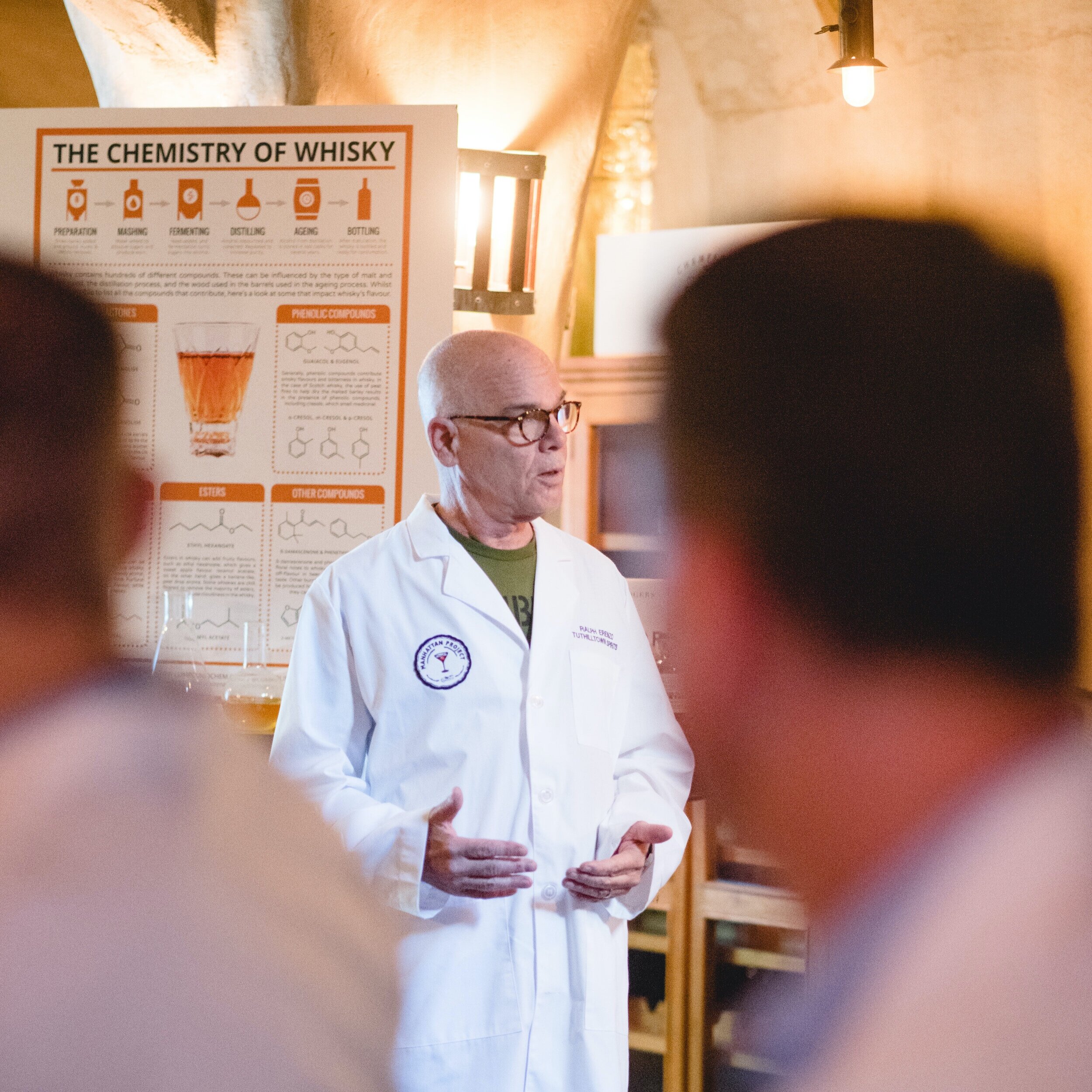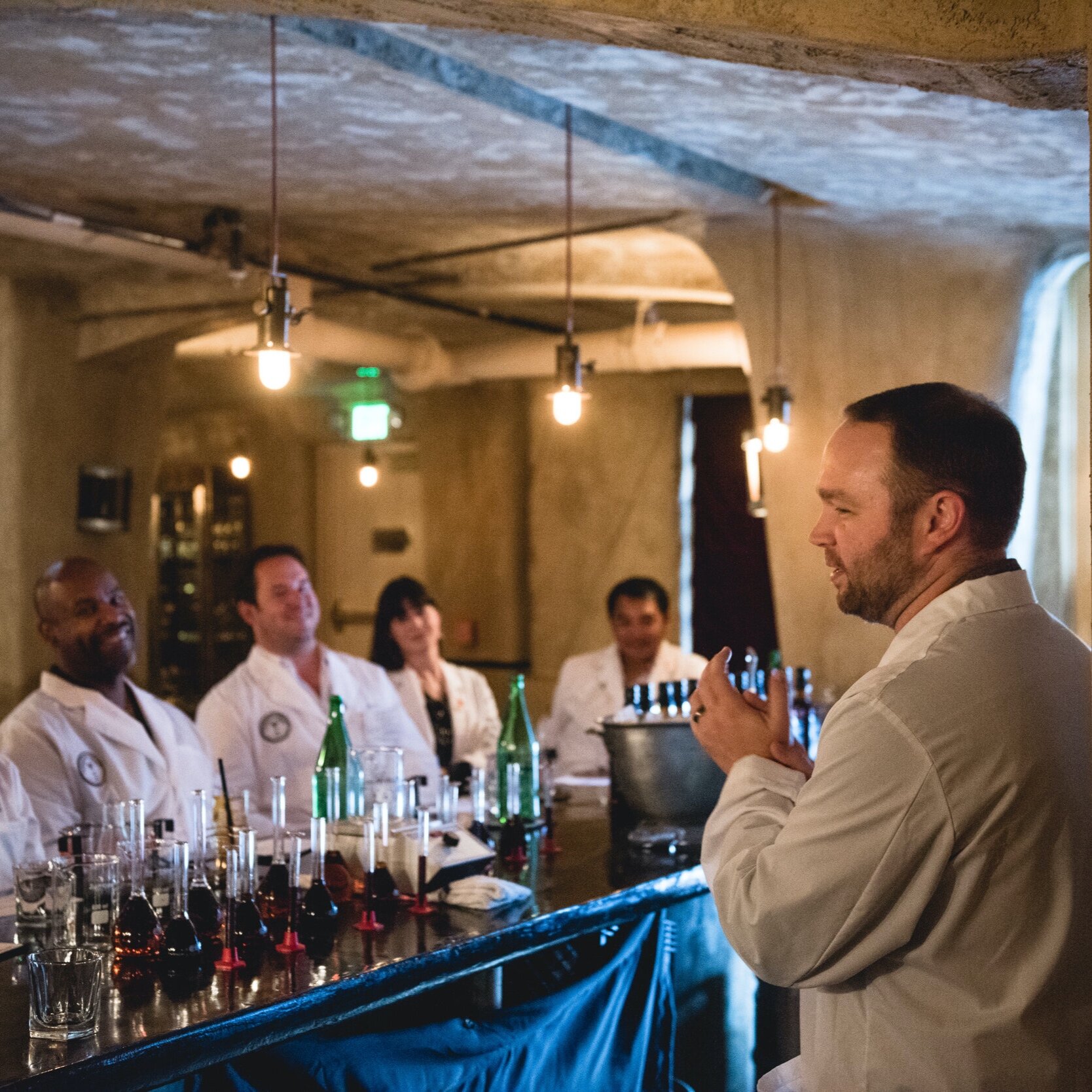Chief Experience Officer
My title at Wingtip was Founder & CEO, but my superpower was in creating and executing new customer experiences. Sadly, with all the emphasis of late on “customer experience,” the phrase has been used to elevate good ol’ “customer service”, diluting the phrase’s original meaning. I mean it in its purest form: creating a new experience for customers, likely starting before they are even technically “customers,” and seeing to it that every detail, from beginning to end, serves to enhance the experience.
Wingtip gets the ultimate compliment
By far, the highlight of my professional career has to be almost a full page about Wingtip, the company I founded and ran for 15 years, in the 20th anniversary printing of The Experience Economy by Joseph Pine & James Gilmore. When I first started writing the business plan for what would become Wingtip, The Experience Economy was one of a few books that left a lasting impression on me, and heavily influenced my thinking (Why We Buy: The Science of Shopping by Paco Underhill was another one). Mr. Pine made several visits to Wingtip, both the store and the club, and found the concept worthy enough to include in the foreword of the new edition:
With both a retail store and a social club with a full bar & restaurant, there were countless opportunities to stage memorable experiences for our customers and members. Here are a few I was most proud of:
Teaching members and guests to saber Champagne. By now, most foodies have seen Champagne sabering, either in a video or live. We didn’t want to saber for customers; we wanted to teach customers how to do it themselves. We consistently sold 100+ Champagne sabers each year, no doubt driven by so many customers knowing how to do it.
Port tonging is the new Champagne sabering. Sabring is no longer as novel as it used to be, so we added port tonging. No one does it better than Eleven Madison Park so you can watch one of their videos if you want to see how it’s done. It never drove the Port sales I had hoped for, but for those that saw it, it was most certainly a memory.
Pocket square library. Essentially, the club designed a custom piece of wall art to display a couple dozen pocket squares that members could borrow for free. Literally the first member to borrow a square came back a couple days later to ask if he could buy the one he borrowed. Ironically, it was one of my personal pocket squares that I just lent to the library, but I sold it to him anyways. Members trying out a square and then buying it once they saw the compliments they received with it made the program a no-brainer.
Smoking jackets. To this day, I have yet to visit a cigar lounge that offers visitors a smoking jacket to wear while in the lounge except for Wingtip. Why? You may be shocked to learn that smoking jackets serve a functional purpose: to protect the wearer’s clothes from the smoke. That is why they are often made of fabrics that don’t breathe like velvet or silk. Wingtip had a coat rack with at least a half dozen coats in sizes small to XXL for members to wear while in the lounge, and if anything, we never had enough to meet the demand.
I don’t know if parties count as “experiences.” Of course they are, but I’m not sure there’s anything too creative about organizing and charging for food, drinks, and music. That said, the club’s annual Frank Sinatra Holiday Party, Ian Fleming’s Birthday Party in the spring, and the Kentucky Derby Party were all blow out events that members looked forward to year after year. One innovation members loved best, and which I took immense pride in as a clotheshorse, is that members that bought a tuxedo through the store received a free ticket to the Sinatra Party…for life. This accomplished several things: (1) it drove formalwear sales, (2) it drove Sinatra ticket sales as no one came to the Sinatra Party alone, so they’d buy a +1, and (3) it ensured a beautiful looking crowd for the party each year with more and more donning their tuxes.

